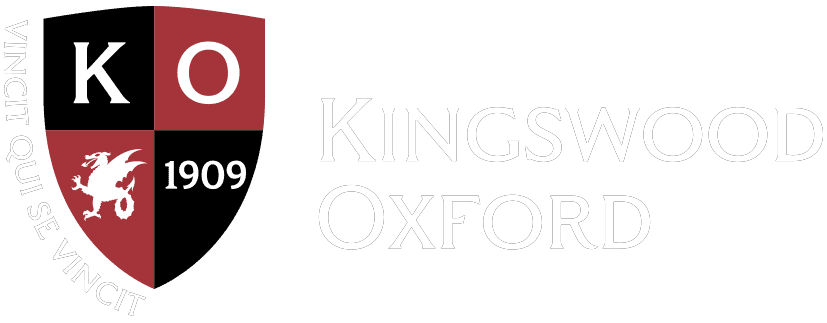April 02, 2024
Math Students Build Problem-Solving Skills Through Active Engagement, Collaboration
by Kristen Valenti
Upper School math teacher
Let’s say you’re planning to study or live in a foreign country and want to compare the prices of different cell phone plans available there. Plan A is $125 a month plus 10 cents a minute for phone calls, and Plan B is $80 a month plus 20 cents a minute. Which plan should you pick? At what point does Plan B become more expensive than Plan A?
This is the type of conceptual, open-ended problem I often present to my algebra students when introducing a new lesson. They might not know how to solve it just yet, and, instead of standing in front of the class and walking them, step by step, through the solution process, I break the class into small groups and ask them to work collectively to devise a solution of their own.
The students work on the various ways to represent the problem visually. They construct tables, diagrams, and graphs and then share and compare strategies. Seeing these visual depictions of repeated patterns helps them devise an equation that will solve the problem. The groups of students then share their equations, and we all discuss which one provides the most efficient and accurate solution.
By engaging in this self-directed, creative process, students discover how to
• find their own ways of solving an intimidating problem
• use flexibility, patience and resilience in the solving process
• collaborate with one another to devise multiple solutions
• develop sound judgment in selecting the best option
Exercises such as this equip students with the tools, temperament, and confidence to approach any difficult quandary, whether it’s in math, technology, public policy, business, or everyday life. What’s more, the students enjoy the solving process and have fun.
I also use several similar techniques in my algebra and geometry classes to stimulate self-directed learning, open-ended thinking, and independent inquiry.
Flipped classroom
Traditionally, math teachers present concepts, methods, and skills in class and then assign homework to students so they can practice the knowledge they’ve acquired. Instead, I often reverse this process by recording and sharing videos of me presenting material and then asking students to watch them and take notes on them at home. The next day in class, the students use the ideas and processes they’ve learned in the videos to solve problems individually and collaboratively.
This ensures that the most valuable and essential ingredient for learning – actively practicing and working on problems – happens in class, where they can work together and I’m there to guide them through the process.
Alternatives to Worksheets
Rather than have students practice their problem-solving skills using a worksheet, I often break a 45-minute period into 15-minute segments and place three learning stations around the room. Each group of students works at each station for 15 minutes and then moves to the next. At two of the stations, students pursue the online activities at websites such as deltamath.com and desmos.com, which offer practice problems, immediate feedback, and explanations of solutions.
The third station launches students on a scavenger hunt. I place problems that lead to one another around the room and in the hallway, and students move in sequential order as they solve each problem and move on to the next, just as kids in a scavenger hunt move from one clue to the next. By the end of the class all the students have rotated through all three activities, gaining practice in the skills we’re learning.
Shape transformations
We’re all familiar with the use of shapes in organizational logos, e.g., the five rings of the Olympics and the stacked triangles of Delta Airlines. In my geometry class, I challenge students to create logos of their own by rotating, shifting, stretching, and re-sizing shapes. This teaches them how to use graphing coordinates as they explore the plasticity of geometric figures.
All of these active exercises are designed to keep students moving physically and intellectually and to work collaboratively to build their problem-solving skills with energy, curiosity, and joy.
One of my favorite things about teaching math is the challenge of finding the best way to introduce a topic and devising activities and ways to practice that promote deep learning.
Thinkers
Blog Main News
